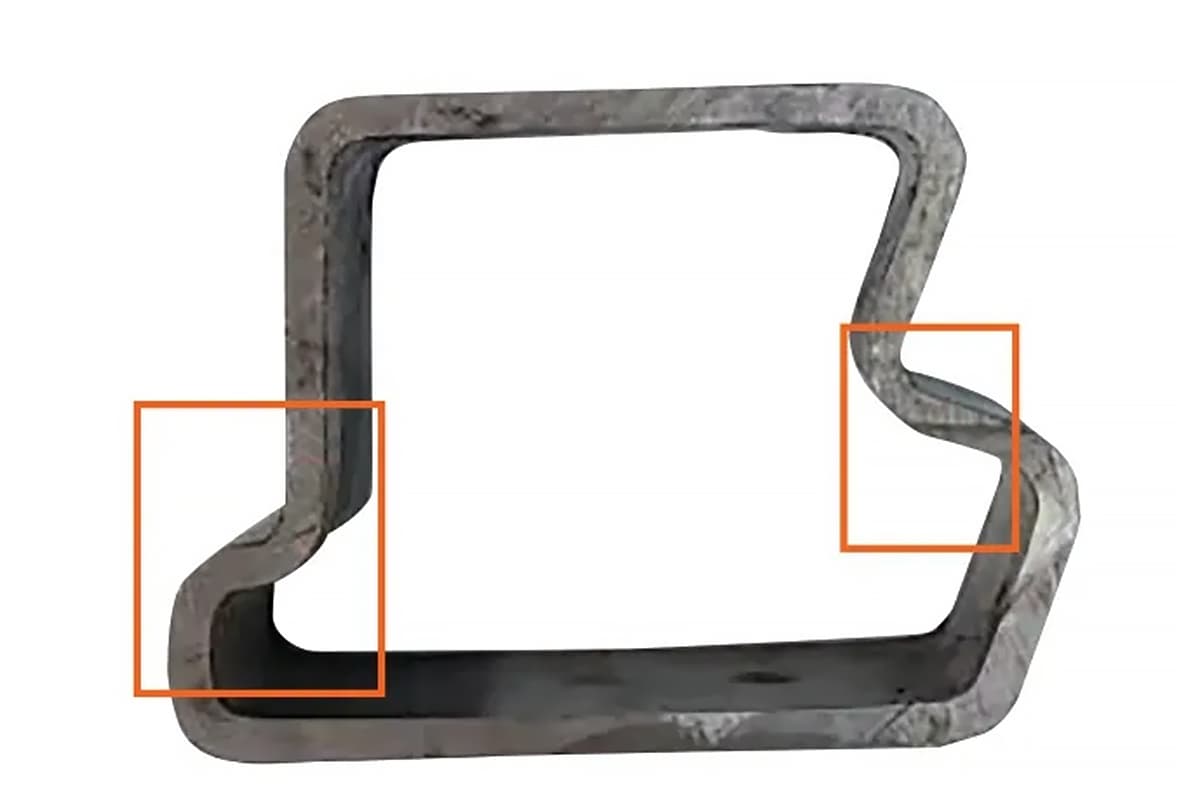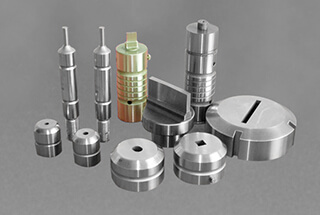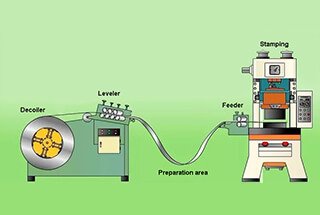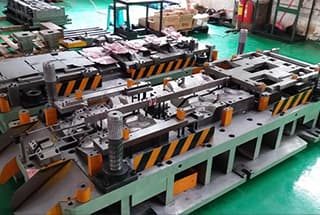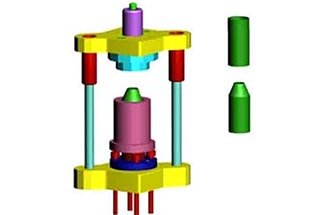
Wrinkling in metal stamping can undermine the quality of stamped parts, but it can be controlled through specific practices. This article explores factors like stretch depth, blank holder force, and die corner radius, which influence wrinkling. Readers will learn about effective measures such as adjusting blank holders and draw beads to prevent wrinkles and ensure smooth, defect-free stamped parts. Whether you’re dealing with excessive material flow or insufficient pressure, these insights offer practical solutions for maintaining high standards in metal stamping.
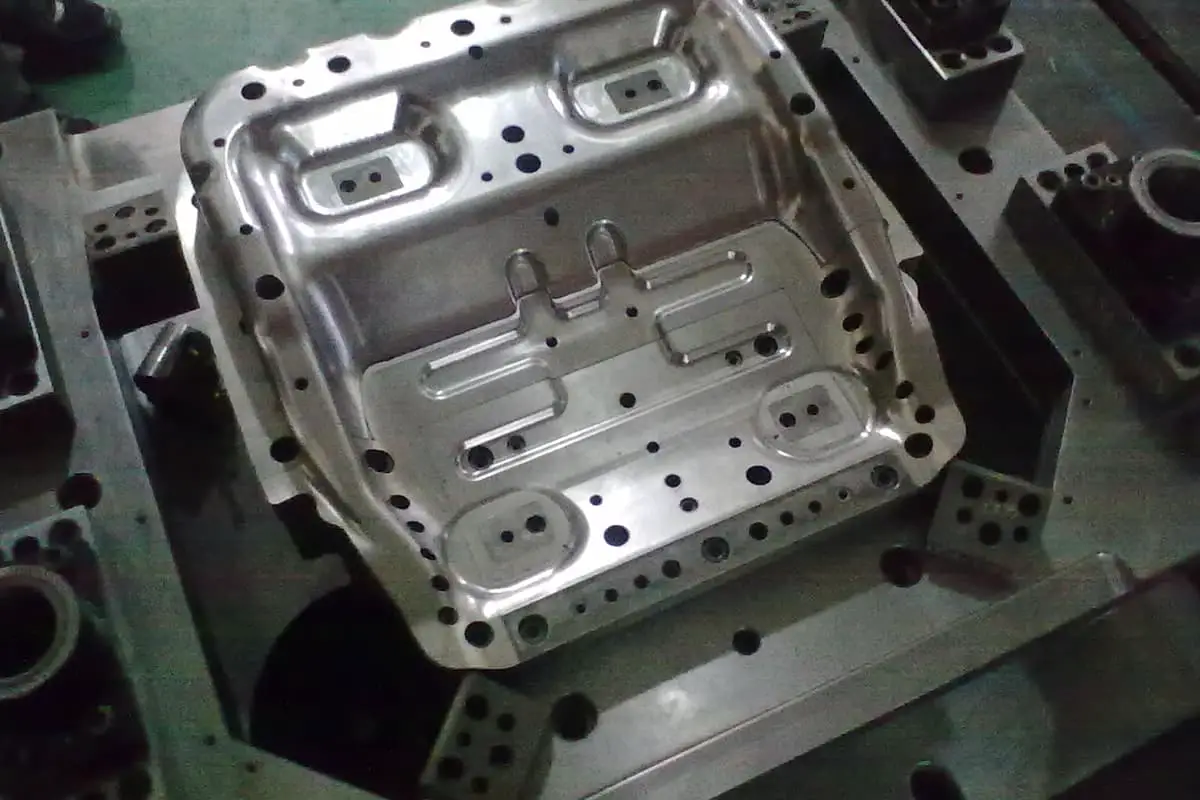
The resistance to material flow along the die cavity is directly related to stretch depth. Excessive stretch depth on concave and convex curves can cause uneven distribution of deformation resistance, leading to wrinkling. It’s best to avoid excessive depths whenever possible.

Uniform wrinkles around the part indicate insufficient blank holder force. Gradually increasing the blank holder force can eliminate wrinkles. When drawing conical and hemispherical shapes, most of the material is initially suspended, making sidewall wrinkling likely.
Apart from increasing the blank holder force, it’s also effective to introduce draw beads to increase the radial tensile stress within the sheet, thus eliminating wrinkles.
A large die corner radius reduces the bending resistance encountered by the blank as it flows into the die, increasing the likelihood of wrinkling. A smaller radius increases the bending resistance and reduces the risk of wrinkling but can lead to cracking and tearing in the part.
Extensive production experience has shown that wrinkling in stamped parts mainly results from material accumulation and excessive local material movement speed during stretching. Practical solutions should consider adjusting the corresponding mechanisms in the mold to achieve good results.
Preventing wrinkles involves ensuring that the die holds the material in place and controls the flow speed of the sheet during stretching. If the material flows too quickly, wrinkling can occur; conversely, if it flows too slowly, the part can crack.
Blank holders press and hold the deforming section of the blank in place, applying force to prevent the flange from bulging and wrinkling. The force must be appropriate. Blank holders are categorized into elastic and rigid types, where elastic holders are suitable for shallow drawing and rigid holders for deep drawing.
Draw beads on the blank holder are an effective method for adjusting and controlling deformation resistance. By regulating material flow, draw beads ensure uniform resistance during stretching, matching the volume of material flowing into the mold cavity to the part’s requirements, thus preventing excess that causes wrinkling or insufficient amounts leading to cracking.
For complex-shaped drawn parts, especially those with small flanges, draw beads should be placed where radial tensile stress is lower, i.e., where the sheet flows easily.
For parts with small flanges, additional material (process allowance) may be added to accommodate draw beads and later removed during trimming. For drawn parts with varying depths, draw beads should be placed in areas with less material flow to prevent excess material from entering the die cavity and causing wrinkling.


